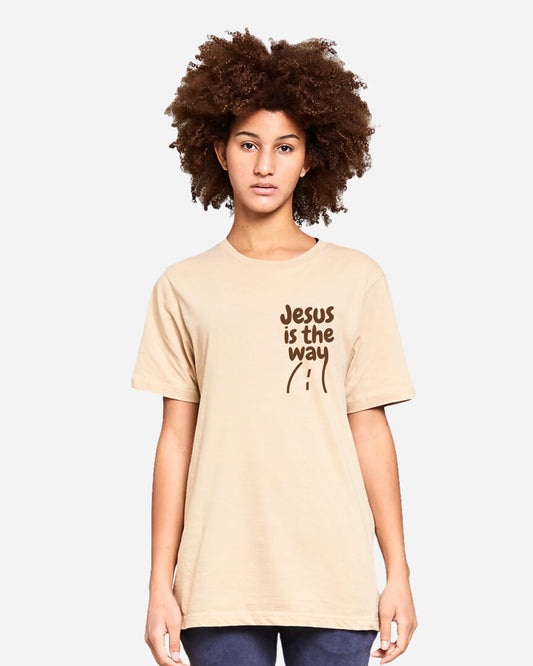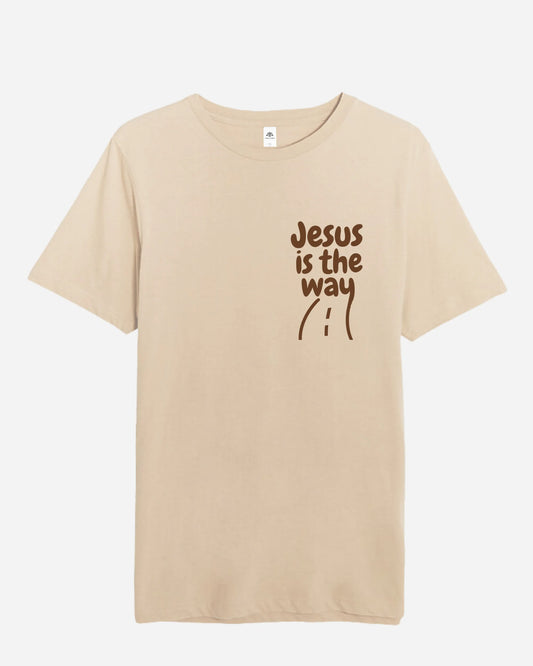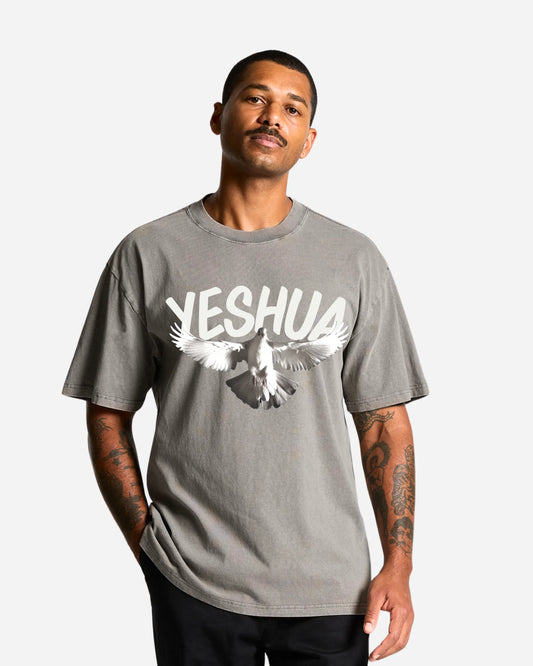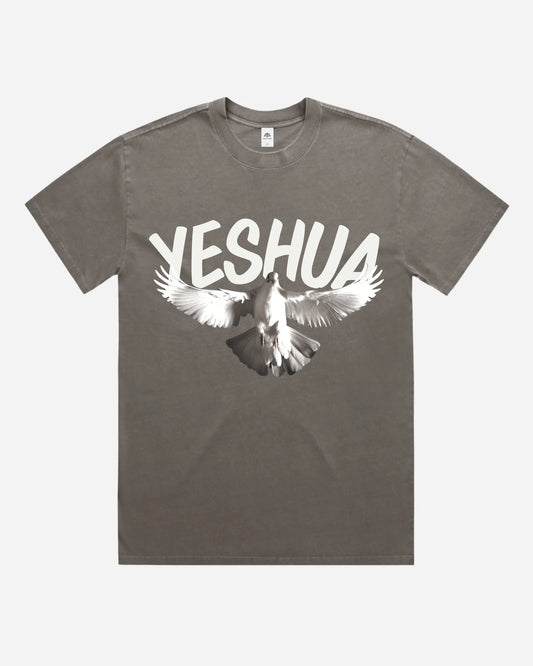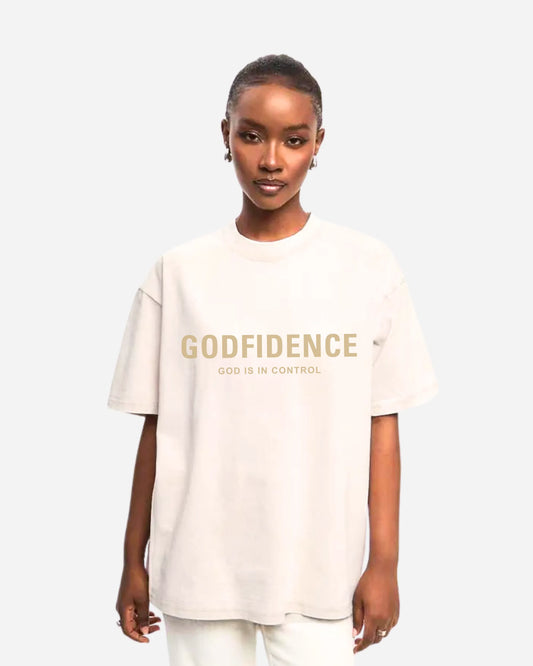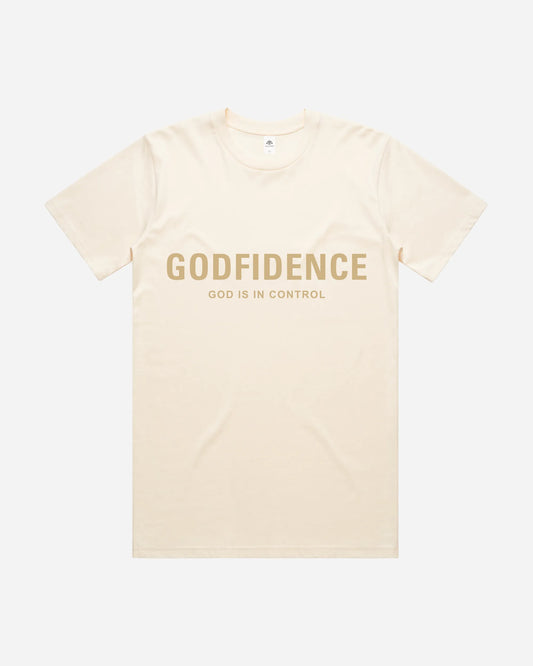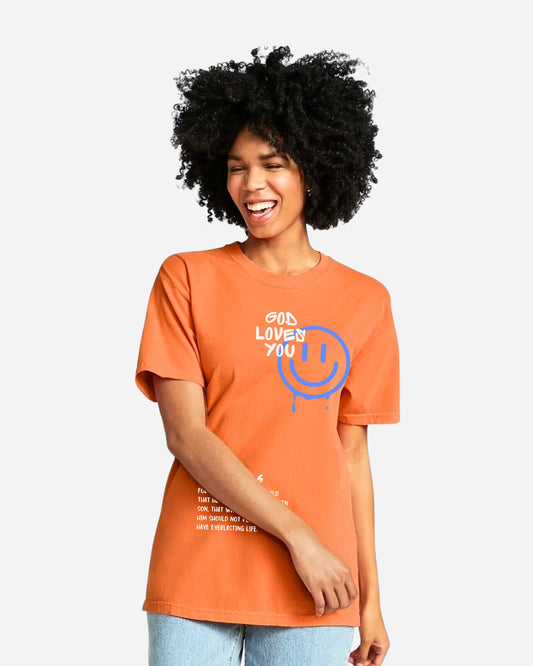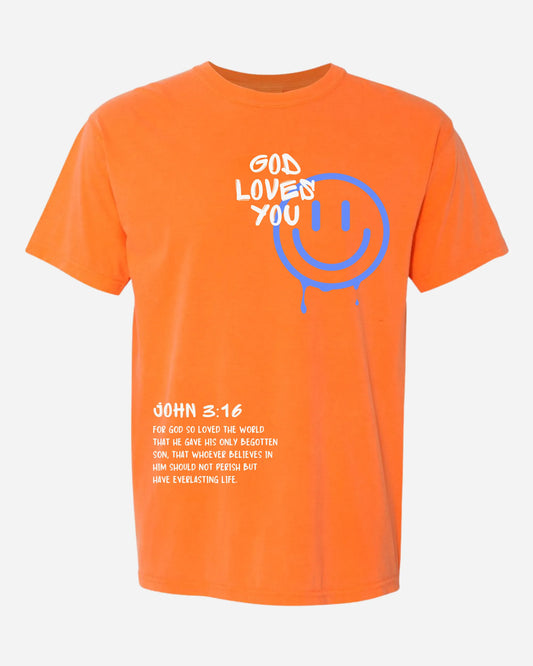Table of content
- 1. The Historical Connection Between Fashion and Christianity
- 2. Theology of Embodiment and Biblical Principles of Fashion
- 3. What Does the Bible Say About Fashion?
- 4. From Sacred Vestments to Modern Christian Streetwear
- 5. Symbolism in Christian Fashion
- 6. Why Christian Fashion Matters Today
- 7. Conclusion
Fashion and Christianity have been closely linked throughout history, shaping culture, identity, and religious expression. From ancient cassocks to modern-day faith-based hoodies, the way believers dress has always told a bigger story.

Today, the global modest apparel market is expected to soar to $96.8 billion by 2025, growing at 5.3% annually. Meanwhile, the U.S. Christian faith-based apparel market alone clocks in at over $5.1 billion. Brands like Gracefiber and God Is Dope show how style and spiritual conviction can walk hand in hand — literally.
The Historical Connection Between Fashion and Christianity
Ancient Religious Attire (Before 1st Century)

Ancient religious attire held profound significance, symbolizing devotion and spiritual beliefs. Priests and worshippers donned garments crafted from luxurious fabrics like silk and linen. These materials, along with vibrant colors such as royal purple and deep red, conveyed reverence and authority.
Early Christian Clothing (1st–4th Centuries)

In the earliest centuries of the Church, Christians in Jerusalem and throughout the Roman Empire adopted simple, unadorned clothing such as tunics and cloaks, reflecting the modest dress common to the broader Jewish and Greco-Roman populations.
As persecution intensified under Roman rule, visual identifiers became subtle. Rather than overt religious dress, early Christians used discreet symbols—such as the ichthys (fish), the anchor, or the chi-rho—incorporated into personal items.
Medieval Period Attire (5th–15th Centuries)

The Church wielded immense influence over fashion in the medieval era, dictating strict dress codes for clergy and nobility. Clerical garments—the cassock, the surplice, and the bishop's mitre—influenced broader fashion. Church leaders wore layers of silk and velvet, embedded with embroideries and rich gold trims. Тhe attire not only showcased religious devotion but also reinforced social hierarchy, distinguishing between different classes based on attire intricacy and quality.
The Church clothed itself in majesty as the medieval world clothed itself in faith.

Renaissance Spiritual Style (14th–17th Centuries)
During the Renaissance, fashion and spirituality were deeply connected, but the relationship was more complex than harmonious. Clothing designs often drew inspiration from religious art (e.g., brocades mimicking cathedral mosaics, embroidered Biblical scenes), but this reflected patronage, power, and performative piety as much as devotion.

Key Figures: Botticelli designed costumes for Florentine festivals (blending myth and sacred themes), and Isabella d’Este’s famed wardrobe used religious motifs to signal virtue—yet her lavish spending drew criticism from reformers.
The Reformation and Modesty (16th Century)
After Martin Luther’s reforms in the 16th century, modesty in dress became a hallmark of reformed communities. Luther denounced lavish clothing as "unchristian" and advocated for laws restricting extravagant attire, viewing overdressing as both prideful and socially disruptive.

John Calvin took this further in Geneva, enforcing strict sumptuary laws that prohibited bright colors, jewelry, and elaborate styles. His regime actively prosecuted violations - from forbidden clothing colors to outlawed hairstyles
Theology of Embodiment and Biblical Principles of Fashion
Christianity affirms the goodness of the body. Genesis 1:27 declares, "So God created mankind in his own image, in the image of God he created them; male and female he created them."
The doctrine of imago Dei teaches that human physicality is intentional, meaningful, and sacred. Fashion, when approached thoughtfully, becomes a way to honor this embodiment. It is not merely an exercise in vanity but a celebration of the Creator’s craftsmanship.

John Paul II’s Theology of the Body deepens this understanding: "The body, in fact, and it alone, is capable of making visible what is invisible: the spiritual and the divine." Clothing, therefore, is not only functional but symbolic—a material expression of spiritual truths.
What Does the Bible Say About Fashion?
The Bible does not give a fashion rulebook—thankfully, because we'd all be wearing sandals and tunics otherwise. But it does lay out key principles for how Christians should think about clothing.
1. Modesty and Humility - 1 Timothy 2:9-10
Women should adorn themselves in respectable apparel, with modesty and self-control, not with braided hair and gold or pearls or costly attire.
Key Takeaway: External appearance should be governed by modesty and self-discipline, reflecting an inner disposition of humility rather than a desire for social status or excess.

2. Inner Beauty Over Outer Beauty - 1 Peter 3:3-4
Do not let your adorning be external—the braiding of hair and the putting on of gold jewelry, or the clothing you wear—but let your adorning be the hidden person of the heart.
Key Takeaway: The cultivation of inner virtues, such as gentleness and faithfulness, holds greater spiritual significance than external adornment.
3. Representing Christ Well - Colossians 3:12
Clothe yourselves with compassion, kindness, humility, gentleness and patience.
Key Takeaway: Christian character should be visibly expressed through daily conduct, with clothing choices serving to reinforce, rather than distract from, the virtues of a Christ-centered life.
From Sacred Vestments to Modern Christian Streetwear
The Rise of Faith-Based Streetwear

Christian faith-based streetwear is rapidly expanding in the U.S., fueled by younger believers seeking to express their faith through fashion. High-profile drops like Kanye West’s “Jesus Is King” merch and a surge of independent brands have made faith-inspired clothing mainstream.
Brands such as Hallelujah Apparel blend urban style with biblical messages, offering hoodies and denim with subtle Scripture or cross logos.

What’s Trending Right Now
- Oversized Hoodies with minimalist scripture references.
- Caps and Beanies embroidered with crosses or Greek "Ichthus."
- Sustainably Made Tees with phrases like "Walk by Faith" printed over the heart.
- Athleisure Wear featuring "Faith Over Fear" slogans.
The Challenges: Sacred Expression or Commercialization?
While faith-inspired apparel has grown in popularity, it has not been without controversy. Critics have derided such trends as "sacred consumerism"—arguing that reducing theological symbols to mere fashion statements risks trivializing their spiritual significance.

This raises an essential question: Does Christian apparel genuinely serve as a medium for evangelism, or has it succumbed to the excesses of market-driven commodification?
And why do you worry about clothes? See how the flowers of the field grow. They do not labor or spin. Yet I tell you that not even Solomon in all his splendor was dressed like one of these.
Takeaway: God faithfully clothes His creation with beauty, so believers should prioritize trust in Him over anxious preoccupation with outward appearance or material adornment.
Symbolism in Christian Fashion

Today, 68% of faith-driven millennials seek apparel with purpose—a market shift toward wearable worship (Barna, 2023). Brands like GraceFiber often incorporate Bible verses, and doves into clothing, reflecting both personal faith and cultural identity.
Popular Christian Symbols Used In Modern Apparel
- Cross: Death and resurrection of Christ. Universal symbol of salvation. Worn close to the heart or prominently displayed, it proclaims allegiance to the Savior who overcame death.
- Ichthys (Fish): Early Christian sign meaning "Jesus Christ, Son of God, Savior."
- Dove: Drawn directly from the account of Jesus’ baptism (Matthew 3:16), the dove represents the Holy Spirit descending in purity and peace.
- Bible Verses: Usually Romans 8:28, Philippians 4:13, or Jeremiah 29:11—serve as daily affirmations of God’s promises. They offer not only personal encouragement but also opportunities to share faith narratives in a world often starved for hope.
Psychological Impact
A 2018 study in the Journal of Psychology and Christianity found that wearing faith-based symbols boosts an individual’s sense of spiritual belonging by up to 42%. Wearing your faith is like strapping on invisible armor—you feel seen, protected, and connected.
Why Christian Fashion Matters Today

Christian fashion is more than clothing—it’s a statement of faith in a secular world. This trend reflects a shift, with 44% of U.S. churchgoers under 35 preferring casual clothing that represents their beliefs (Pew Research, 2022).
Faith-based streetwear stands out for its focus on quality, design, and cultural relevance. From modest designs to Scripture-printed wear, faith-based fashion serves three key purposes:
- Witness – 1 in 3 non-believers notice religious symbols on clothing, sparking spiritual conversations (LifeWay Research, 2022).
- Identity – Modern brands merge style with discipleship, offering sustainable, ethically made pieces that align with biblical values.
- Community – Churches and ministries use custom apparel to strengthen unity, with 72% of congregants reporting higher engagement when wearing group-branded attire (Christian Retail Trends, 2021).
In an era of fast fashion, Christian clothing promotes intentionality, modesty, and mission.
Conclusion
Fashion and Christianity have danced together through centuries of history, from dusty Roman roads to modern bustling city streets. Today, Christian apparel—when done thoughtfully—offers a way to express belief, inspire others, and feel rooted in something bigger than ourselves.
If you’re ready to wear your faith with purpose and style, check out Gracefiber's Collection — fashion that reflects the Creator and your calling. 🕊️✨

